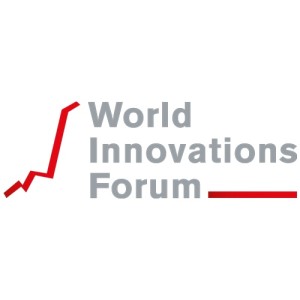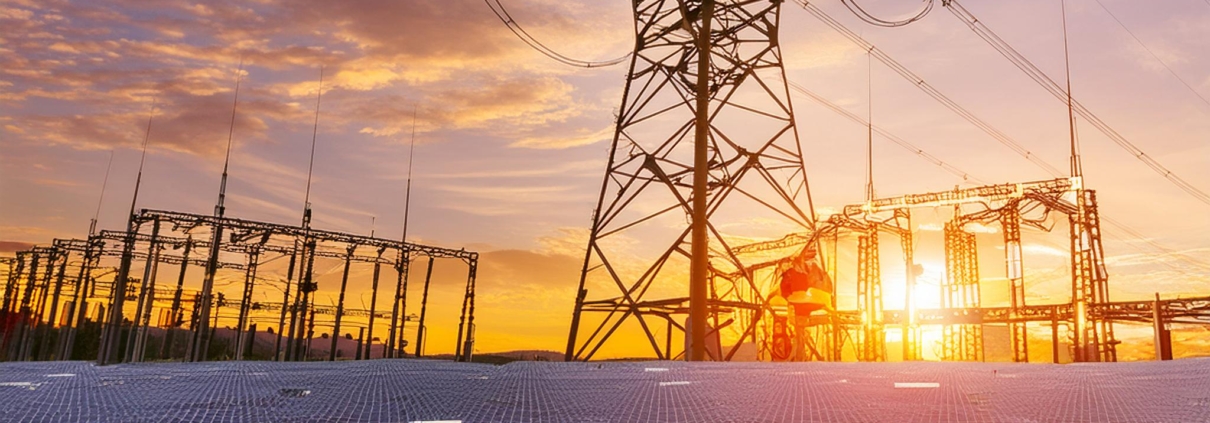European Hydrogen Backbone – Its Development
European Hydrogen Backbone – Its Development
Europe has been actively working on developing a hydrogen backbone to facilitate the transition towards a more sustainable and low-carbon energy system. The European Union (EU) recognizes hydrogen as a key enabler for achieving its climate neutrality goals by 2050, as outlined in the European Green Deal.
Current Status:
Infrastructure Development: Several projects are underway across Europe to create a comprehensive hydrogen infrastructure. This includes both repurposing existing natural gas pipelines for hydrogen transport and building new dedicated hydrogen pipelines.
Hydrogen Strategy: The EU released its Hydrogen Strategy in July 2020, outlining plans to significantly ramp up hydrogen production, particularly green hydrogen produced from renewable energy sources, and its use across various sectors, including industry, transportation, and heating.
Investment and Funding: Significant investments have been earmarked for hydrogen projects through the EU’s NextGenerationEU recovery plan and the Innovation Fund. National governments within the EU are also providing substantial funding and incentives for hydrogen projects.
Cross-Border Cooperation: Germany, France, and the Netherlands are developing their national hydrogen strategies. Additionally, these countries are engaging in cross-border initiatives to ensure the efficient distribution of hydrogen.
Research and Innovation: There is a strong focus on research and development to reduce the cost of hydrogen production, improve storage solutions, and increase the efficiency of hydrogen technologies.
Future Developments:
Expansion of Infrastructure: By 2030, the EU aims to have a widespread hydrogen pipeline network, connecting hydrogen production sites with consumption centres. The European Hydrogen Backbone (EHB) initiative proposes a hydrogen network spanning about 40,000 km by 2040, linking 21 countries.
Increased Production and Use: The goal is to produce up to 10 million tonnes of renewable hydrogen in the EU by 2030, with an additional import of 10 million tonnes. Hydrogen usage is expected to expand beyond current applications to include sectors like aviation, shipping, and large-scale industrial processes.
Technological Advancements: Ongoing research and innovation efforts will likely result in more efficient electrolyzers, advanced fuel cell technologies, and innovative storage solutions, making hydrogen more competitive and accessible.
Regulatory Frameworks: To support these developments, the EU and its member states will continue to evolve regulatory frameworks to ensure safety, promote market growth, and encourage investment in hydrogen technologies.
International Collaboration: Europe is positioning itself as a global leader in the hydrogen economy and seeking to establish partnerships and collaborations outside the continent to secure supply chains and promote global standards.
European Hydrogen Backbone – Its Development
Europe’s hydrogen backbone is rapidly evolving, driven by ambitious targets, significant investments, and collaborative efforts across the continent. While challenges remain, particularly around reducing costs and scaling up production, the trajectory suggests that hydrogen will play a crucial role in Europe’s energy future.



